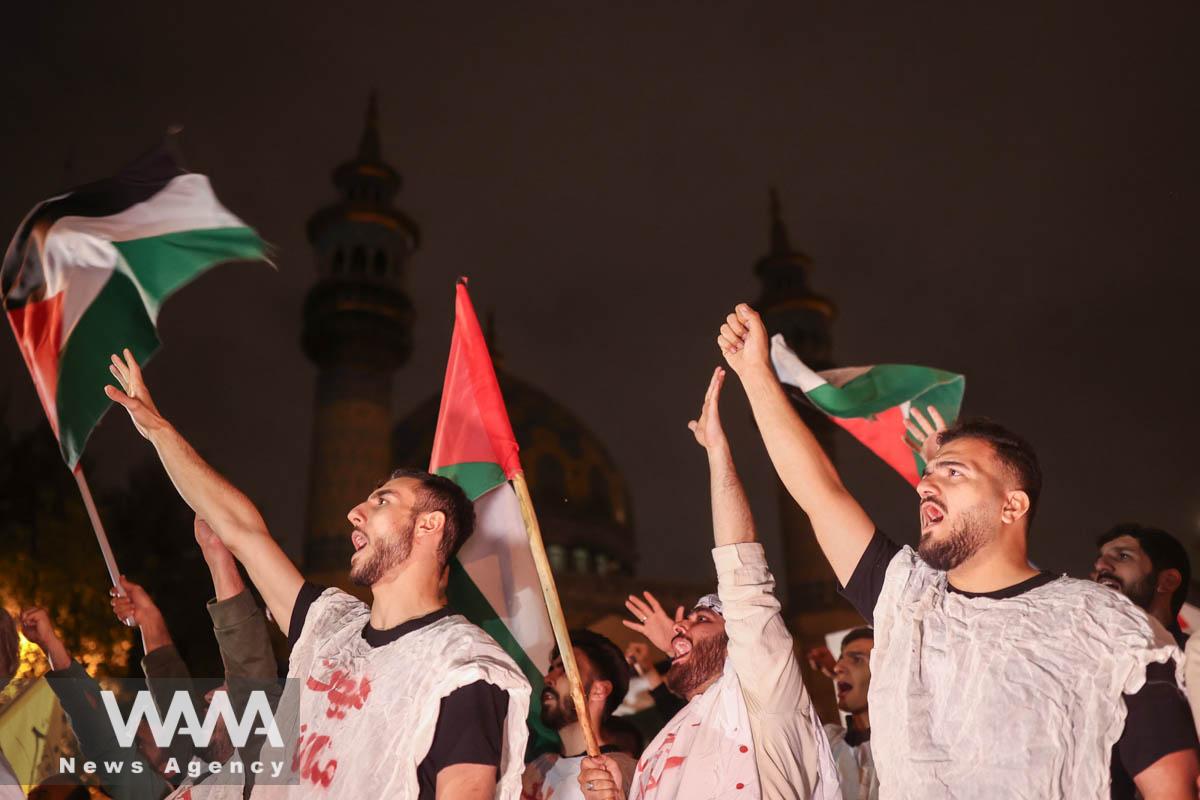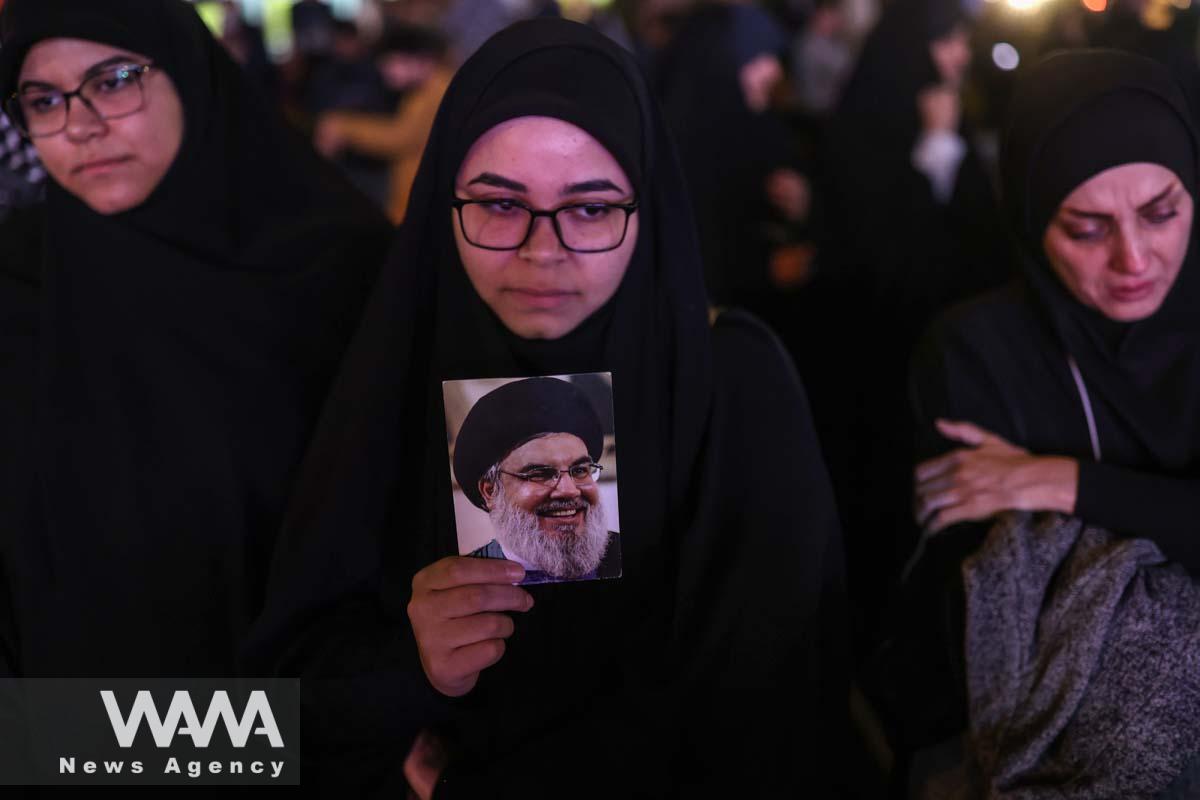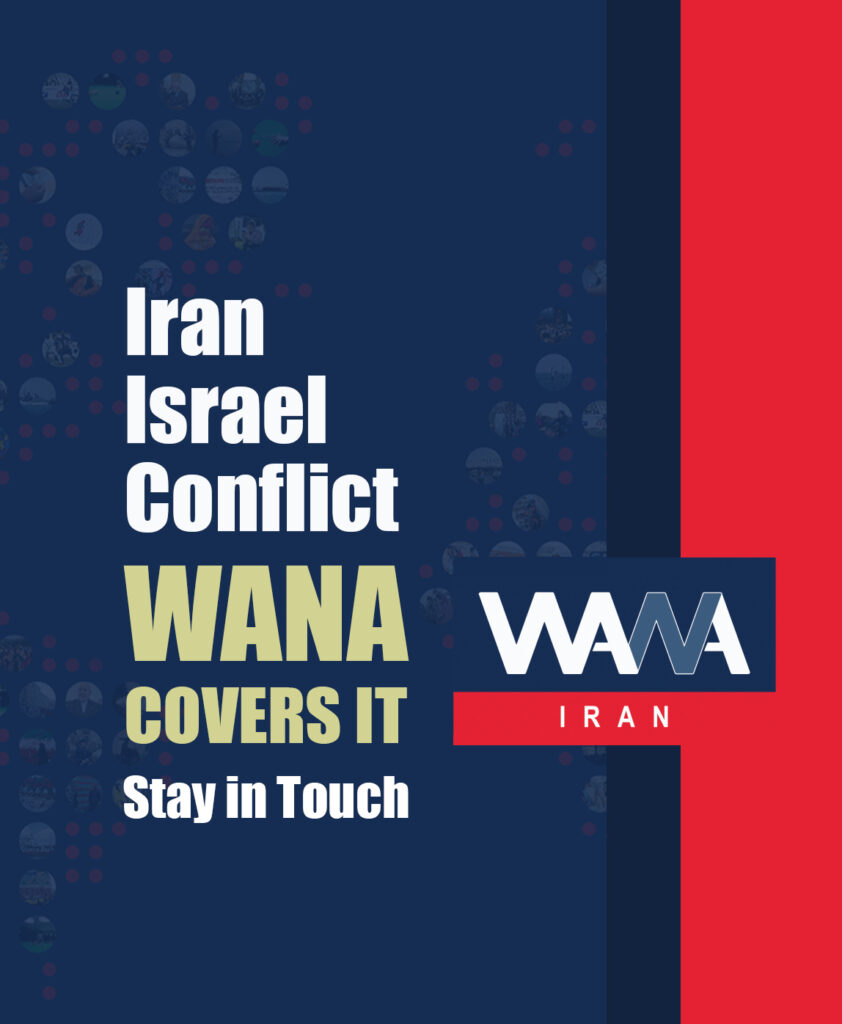Nasrallah is Gone, But Hezbollah Will Endure
WANA (Sep 28) – A few minutes ago, Hezbollah officially confirmed the death of Sayyed Hassan Nasrallah, the influential leader of the group. This news, which was previously claimed by Israel, is no longer a rumor but a reality that could push the Middle East into a new phase of tensions and conflicts. Nasrallah’s death affects not only Hezbollah but also the entire Axis of Resistance.
Israel had long awaited this moment. The main goal was to weaken the heartbeat of Hezbollah and create a rift within the group’s structure. However, the issue is that Nasrallah’s removal is not merely a tactical victory for Israel; it carries deep complexities that may lead to unpredictable outcomes.
Nasrallah was not just a military commander; he was a symbol of resistance, a leader who turned Hezbollah into one of the most powerful players in Lebanon and the region. Now, in his absence, Hezbollah faces a major challenge: managing the power vacuum and maintaining the group’s unity.
Nasrallah’s death undoubtedly raises many questions about the future of the group, although Hezbollah has always emphasized that its structure is not dependent on a single individual.

Demonstrators chant during an anti-Israel protest following an Israeli strike on Lebanon, in Tehran, Iran, September 28, 2024. Majid Asgaripour/WANA (West Asia News Agency)
The death of Sayyed Hassan Nasrallah, with all its significance, is an example of a situation history has witnessed many times. The experience of the Iranian Revolution shows that the loss of charismatic leaders does not necessarily signal the end of a movement or its weakening.
After the death of Imam Khomeini, the founder of the Islamic Revolution, many expected the revolution to end or at least be seriously weakened. However, Ayatollah Khamenei, with his strong and charismatic personality, not only took over the leadership but also increased the power and influence of the revolution in Iran and the region.
Similarly, Hezbollah, as a key force in the Axis of Resistance, can follow a similar path. The group’s organizational structures and international support, along with the potential emergence of a new leader, are likely to prevent Nasrallah’s death from leading to the collapse of Hezbollah.
In such circumstances, Hezbollah’s reaction to this event will be crucial in determining its future. A heavy and deadly response from Hezbollah is likely. The group has previously shown that even after losing senior commanders, it can act swiftly and decisively. But will their response be limited to retaliatory attacks? Or should we expect a new phase of conflict?

An Iranian woman holds pictures of Hezbollah leader Sayyed Hassan Nasrallah, during a gathering in support of Palestinians, in Tehran, Iran, October 17, 2023. Majid Asgaripour/WANA (West Asia News Agency)
Israel will view this assassination as a major victory, but what will be the cost of that victory? Hezbollah’s likely retaliatory attacks, which could be severe, may draw Israel into a prolonged and costly conflict. Contrary to what Israel might believe, Nasrallah’s death is not the end of Hezbollah but the beginning of a new phase of tensions.
On the other hand, Hezbollah’s allies, such as Iran and Syria, may seek to strengthen the group’s position. In the coming days and weeks, we are likely to witness significant movements from these countries to fill the vacuum left by Nasrallah and prevent the collapse of Hezbollah’s power.
Nasrallah’s death will be a historical turning point not only for Hezbollah but for the entire region. This event could reshape regional dynamics and profoundly impact the balance of power in the Middle East. Now, it remains to be seen how Hezbollah and Israel will manage this new reality and whether the region will enter a new era of violence and tension.

Hassan Nasrallah: The Real War is in Northern Occupied Palestine, and Hezbollah’s Power is at its Peak
WANA (Sep 19) – Sayyed Hassan Nasrallah, Secretary-General of Hezbollah, strongly reacted to the Israeli regime’s actions in his recent speech regarding the security situation and Israeli aggression. He emphasized that the Israeli regime has violated all laws and red lines. Failure to Achieve Goals in Gaza and Shifting Focus to the North In […]













